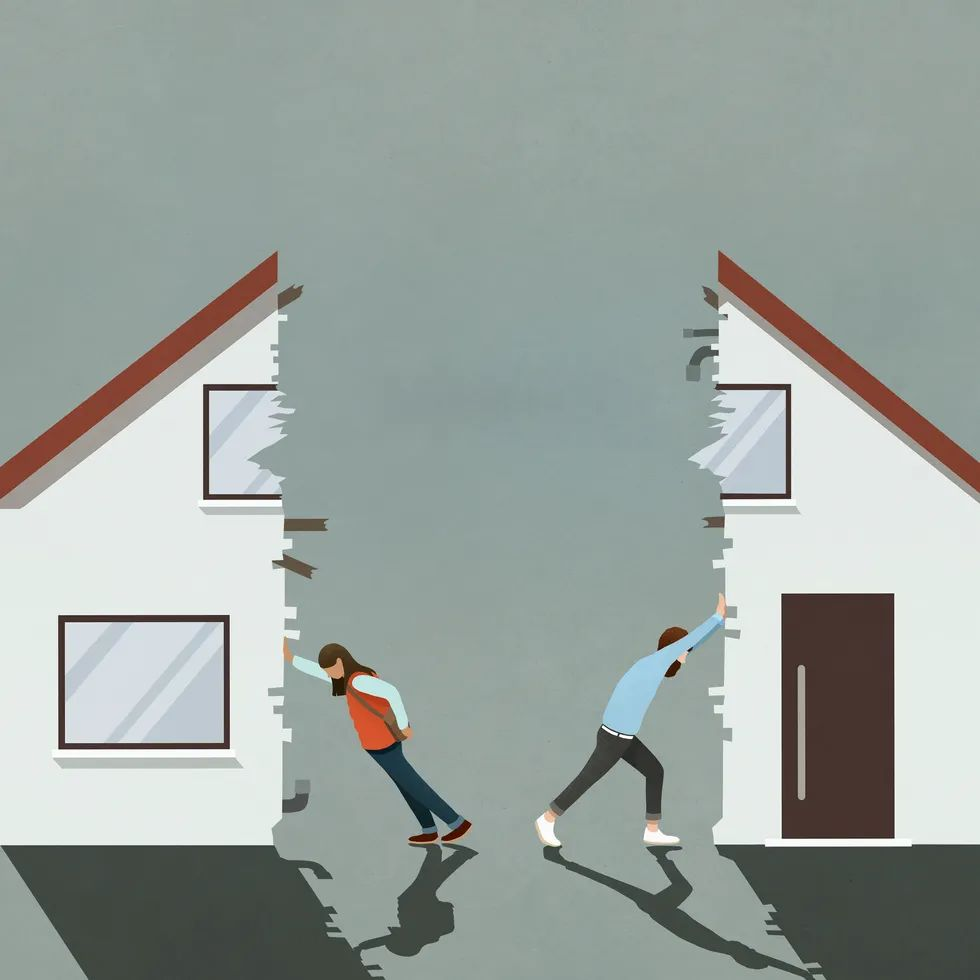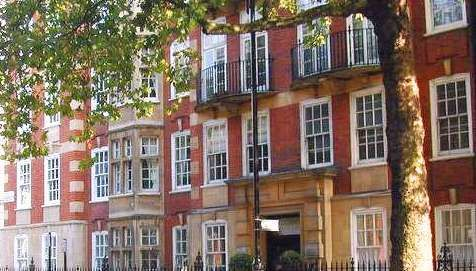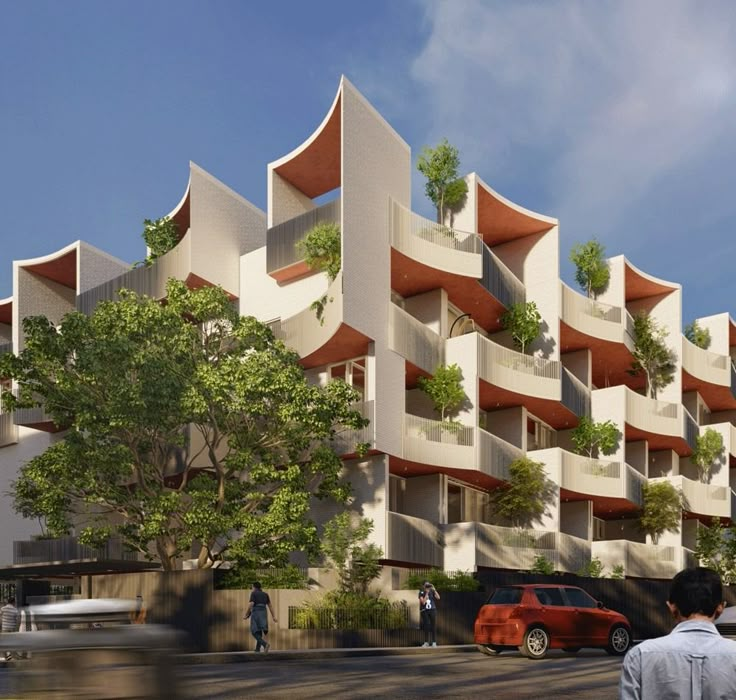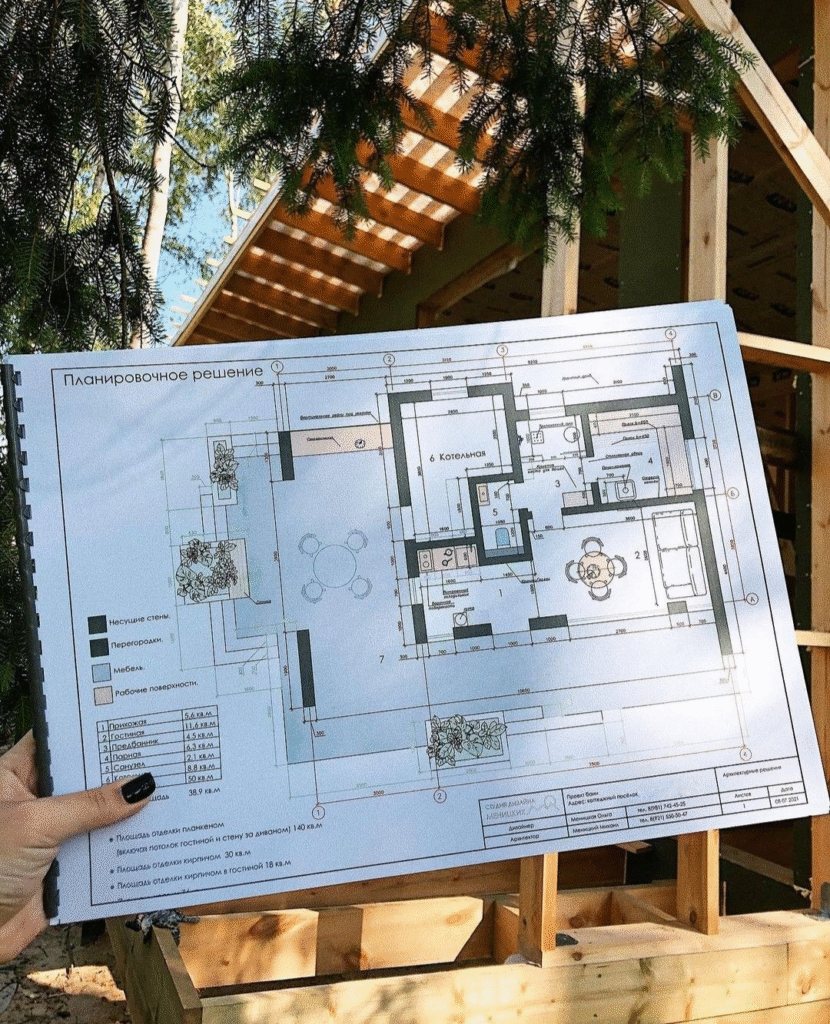Introduction: A New Kind of First Home
In Indian society, buying your first flat used to mean:
● Starting a family
● Planning for children
● Investing in ‘forever’
But in 2025, another demographic is entering the housing market:
Divorcees and separated individuals—men and women starting over.
● They’re buying compact flats, in gated communities, close to therapists, courts, co-working spaces, and schools.
● They’re not starting families—they’re reclaiming independence.
● Welcome to the era of the Divorce Flat: India’s most intimate and quietly growing real estate shift.

Rising Separations, Changing Shelters
Let’s look at the data first:
● Divorce rates in urban India have tripled over the last 20 years
● NCR, Mumbai, Bangalore, Pune, and Kolkata show increasing separation filings in family courts
● Women—especially educated, working professionals—are initiating more separations
● LGBTQ+ couples are also experiencing legal breakups post recognition, creating new needs
This rise isn’t a crisis. It’s a recalibration of freedom—and housing must adapt.
What Exactly Is a “Divorce Flat”?
It’s not an official category. Yet.
But in the Indian urban housing context, it’s becoming a design and lifestyle reality. These flats are:
● Compact (1BHK or large studio)
● Rented or bought independently—often after a settlement
● Located near key services: courts, schools, support groups, offices, therapists
● Designed for emotional breathing space—not traditional family life
● Sometimes child-friendly—but separate from the ex-spouse’s residence
These aren’t sad spaces. They’re healing habitats.

Case Study: “I Bought a Flat to Reclaim My Silence”
Shreya Malhotra, 37, marketing head at a fintech startup in Gurgaon, says:
“After my divorce, I didn’t want to go back to my parents. I needed a place of my own.
I didn’t want a 3BHK. I wanted a safe, small space where my voice filled the entire room.
I found a studio near Galleria Market—close to work, a yoga center, and my son’s school.
That flat isn’t my rebound. It’s my recovery.”
This is the new homeownership story playing out quietly across India.
Why Divorce Is Reshaping Urban Housing Patterns
● More single households – From co-living in your 20s to solo-living in your 30s and 40s
● Gender equity – Women are asserting the right to own, rent, and design space post-separation
● Rise of the solo dad flat – Fathers seeking weekend homes for custody visits
● No more stigma – Society is slowly accepting that divorce is not defeat—it’s redesign
As marriages break convention, so must architecture.

Designing for Emotional Recovery: What Divorce Flats Prioritize
● Privacy – You’re not “starting over with roommates.” These flats are boundaries in brick
● Light & air – Emotional clarity often needs physical openness
● Storage for dual lives – Flat must accommodate child furniture + adult healing zones
● Sound insulation – Silence becomes sacred
● Low maintenance – Most divorcees don’t want daily domestic management stress
● Flexible work-living balance – WFH desks, calming corners, easy routines
This isn’t just about design—it’s therapy with tiles and layout.
Who’s Buying the Divorce Flat?
▪ Mid-career women (30–50) – Often professionals restarting life, sometimes with children
▪ Men with shared custody – Needing weekend-friendly flats with beds for kids
▪ Queer individuals – Post-breakup flats that offer privacy and identity safety
▪ Young urbanites – Ending live-in relationships and needing fast relocation
▪ Therapists, lawyers, and counsellors – Advising clients to create safe homes as part of recovery
These flats are a second beginning, not a step backward.

Urban Zones Seeing the Trend
The Divorce Flat trend is highly location-sensitive. It thrives in areas with:
● Transit convenience (especially for joint custody parenting)
● Neutral social zones (no nosy neighbors, no judgmental aunties)
● Therapy and legal access (family courts, NGOs, or private clinics)
● Flexible leasing or resale culture
Hotspots include:
▪ Gurgaon (DLF Phase IV, Sector 43)
▪ Bangalore (Indiranagar, Koramangala)
▪ Mumbai (Andheri West, Powai)
▪ Pune (Aundh, Baner)
▪ Delhi (Green Park, Vasant Kunj)
▪ Chennai (Adyar, T Nagar)
How Real Estate Brokers Are Responding
Most brokers won’t say “Divorce Flat” aloud. But they know what you mean when you say:
● “I need something temporary but comforting.”
● “It’s just for me and my daughter on weekends.”
● “I want independence but not isolation.”
● “I want something clean, close, and mine.”
The best agents are now offering:
▪ Low-commitment 6–12 month rentals
▪ Flats with modular separation zones for part-time kids
▪ Interior add-ons like soundproofing or calming color schemes
▪ Listings close to legal and wellness hubs

The Rise of ‘Second Life Interiors’
Interior designers are starting to notice this trend, offering:
● Minimalist but warm aesthetics – To promote control without coldness
● Portable belongings – For people still in flux
● Memory-friendly layouts – That don’t feel haunted by the past
● Space for pets – Many post-divorce homes have therapy pets or companion animals
● Uncoupled bed designs – For people moving from shared beds to reclaiming their own shape
Design becomes deeply psychological in the divorce flat.
From Shame to Style: Changing Social Narratives
Let’s be clear: India is still catching up when it comes to destigmatizing divorce.
But housing has become a weapon of agency.
● Instead of explaining themselves, women are now closing deals.
● Instead of hiding, men are building child-ready weekend nests.
● Instead of crying in guest rooms, individuals are crying freely in their own homes—and healing.
In short: privacy is the new luxury.
Divorce Flat vs. Bachelor Pad: A World Apart
Let’s kill the stereotype: Divorce flats are not bachelor pads.
They’re designed for maturity, grief, strength, and transition.
| Bachelor Pad | Divorce Flat |
|---|---|
| Party space | Peace space |
| Style-driven | Emotion-driven |
| Temporary setup | Healing architecture |
| Peer approval | Self-care priority |
The tone, texture, and intent are completely different.
One is ego. The other is healing.
What This Means for Architects & Planners
You cannot design for “happy families only” anymore.
India’s households now include:
▪ Single parents
▪ LGBTQ+ breakups
▪ Post-trauma solo dwellers
▪ Dual-home kids
▪ Midlife rebuilders
So your design must include:
● Multi-purpose rooms that can flip between adult use and child use
● Flexible entries – for privacy from social circle overlap
● Micro-balconies for mental resets
● Built-in therapy spaces – even a reading nook can be medicine
● Minimalist utility – fewer triggers, easier flow, more order
You’re not just designing a flat—you’re designing dignity.

Divorce Isn’t the End—It’s a Design Opportunity
This isn’t a sad story. It’s India growing up.
And for every separation, there’s a new blueprint:
● For recovery
● For resilience
● For re-identity
Because when the us falls apart, the me must be rebuilt—brick by brick.
And sometimes, buying a flat isn’t about property. It’s about reclaiming space—in the world and inside yourself.
📞 Ready to Design or Move Into a Space That Supports Healing?
Whether you’re going through separation, starting over, or helping someone do the same—your home should protect your peace.
● Expert design services for recovery-oriented interiors
● Spatial consultation for compact flats, solo living, and emotional architecture
● Custom design for dual-use flats with child access, pet comfort, and privacy balance
● Email: contact@mishulgupta.com
● Visit: www.mishulgupta.com for portfolio, rates, and consultation slots
Available across Ambala, Delhi NCR, Pune, Mumbai, Bangalore, and more.
